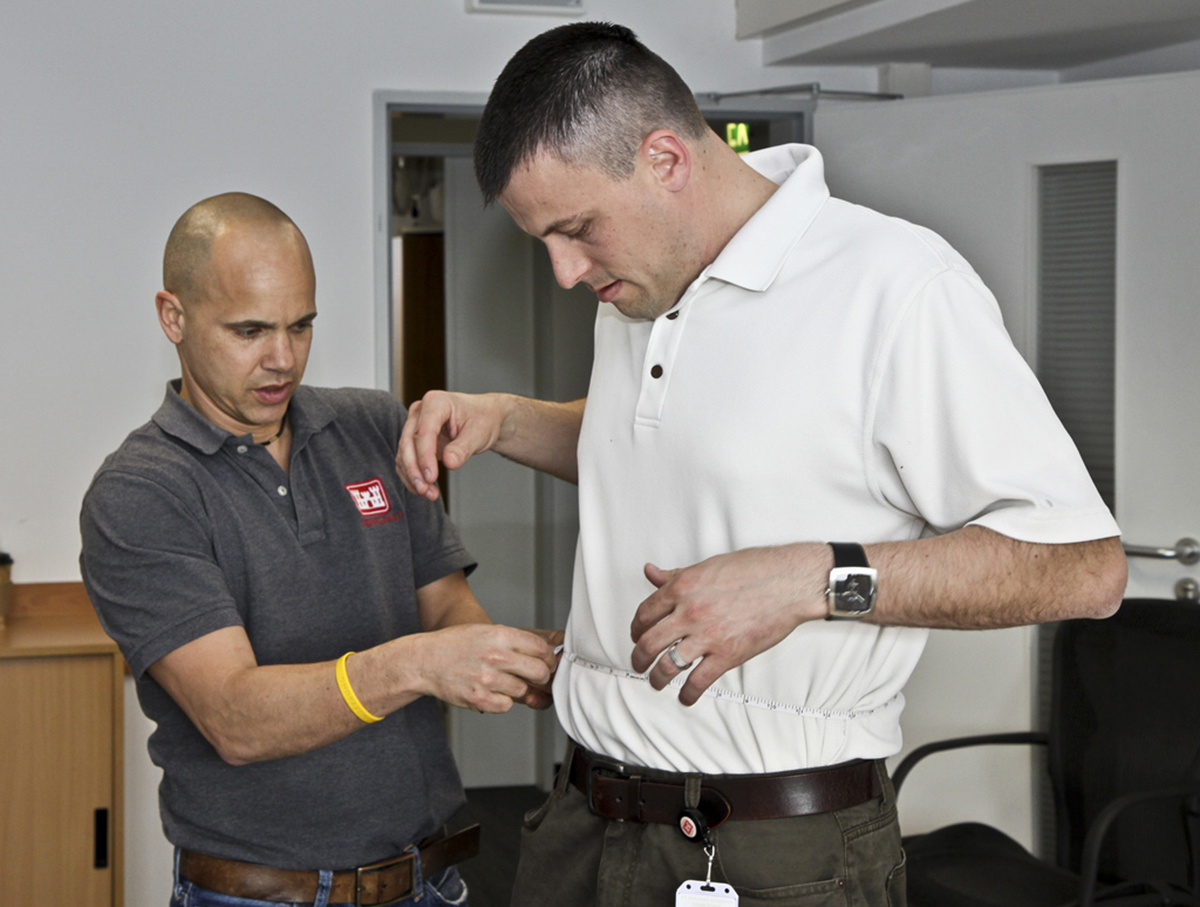Table of Contents
If you live in the United States, probably every time you go to the doctor, the physician's assistant will ask you your height and put you on the scales. Your height and weight are used to calculate your body mass index, or BMI. Your doctor assess how well you are doing with the management of your weight, or more often, to tell you that you may have lost weight but you are still obese.

Body mass index was invented by a Belgian mathematician named Lambert Adolphe Jacques Quetelet 200 years ago. In the 1970's, an American scientist named Ancel Keys, who also gave the world K-rations (the tiny packages of dry battlefield food American soldiers in World War II mostly hated with passion) and the cholesterol theory of heart disease, convinced the scientific world that BMI is a good proxy for body fat percentage. About the same time doctors started measuring cholesterol levels as an indicator of heart health, doctors started using BMI to diagnose obesity.
What's the Problem with BMI?
BMI is computed by a simple mathematical formula that attempts to account for both height and weight. Instead of computing kilos of weight per meters of height, or pounds of weight per inch of height, the formula for BMI divides weight by height squared (adjusting for US units by multiplying that result by a factor of 703).
The reason Quetelet used the square of the height measurement rather than the height measurement itself was that as you get taller, your other proportions don't increase as much. If you are 20 cm taller than someone else, you aren't necessarily 20 cm wider and longer if you lie on your back or on your side. Quetelet's index was a relatively easy way to come up with a number that gives an indication of how fat (or, in Quetelet's time, how emaciated) you are.
But BMI doesn't take into account how dense your bones are, or how well muscled you are, or your age, race, or gender. If you work out to grow big muscles, you will have a higher BMI that may cause you to be labeled as obese. And if you have cancer and your muscles are wasting away, your BMI may suggest your health is improving.
Waistline Is Not an Especially Useful Measurement, Either
BMI, of course, is not the only way doctors detect obesity.
See Also: New Obesity Scale Developed: Is Body Adiposity Index (BAI) Better than Body Mass Index (BMI)?
Men who have a waist size greater than 102 cm (40") and women who have a waist size greater than 88 cm (35"), in the United States, are assumed to be overfat.
But waist size varies with fluid retention, with genetics (some people pack on the weight on their hips or thighs), and with indigestion.
- Savva SC, Lamnisos D, Kafatos AG. Predicting cardiometabolic risk: waist-to-height ratio or BMI. A meta-analysis. Diabetes Metab Syndr Obes. 2013 Oct 24. 6:403-419. eCollection 2013. Review. PMID: 2417937
- Photo courtesy of U.S. Army Corps of Engineers Europe District by Flickr: www.flickr.com/photos/europedistrict/4537909259/
- Photo courtesy of geralt by Pixabay : pixabay.com/en/horizontal-bathroom-scale-weight-162952/


Your thoughts on this